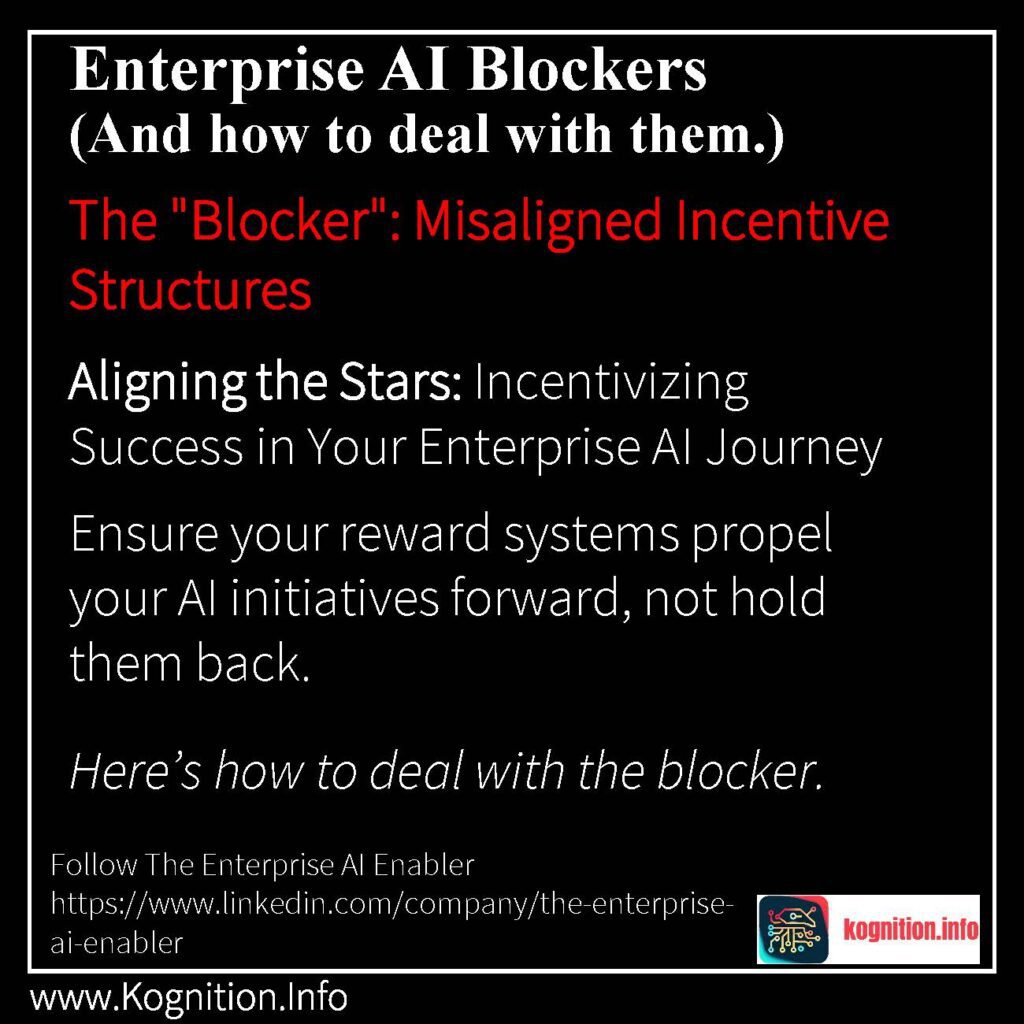The Power of Three: Uniting Forces for Enterprise AI Success Enterprise AI is a complex endeavor with several Blockers (or Rocks) impeding progress. Here’s one blocker and how to deal with it. Break down the walls between data science, business, and IT to unlock AI’s full potential. The Blocker: Lack of Cross-Functional Collaboration Imagine a…


